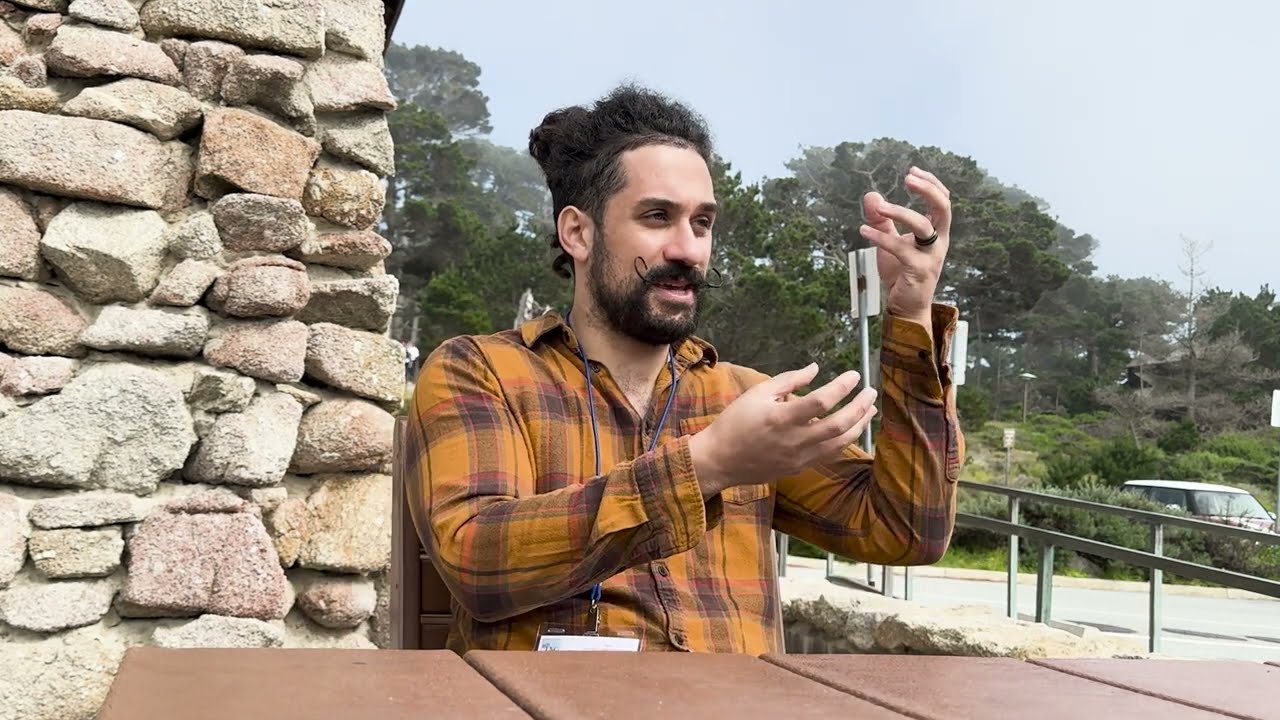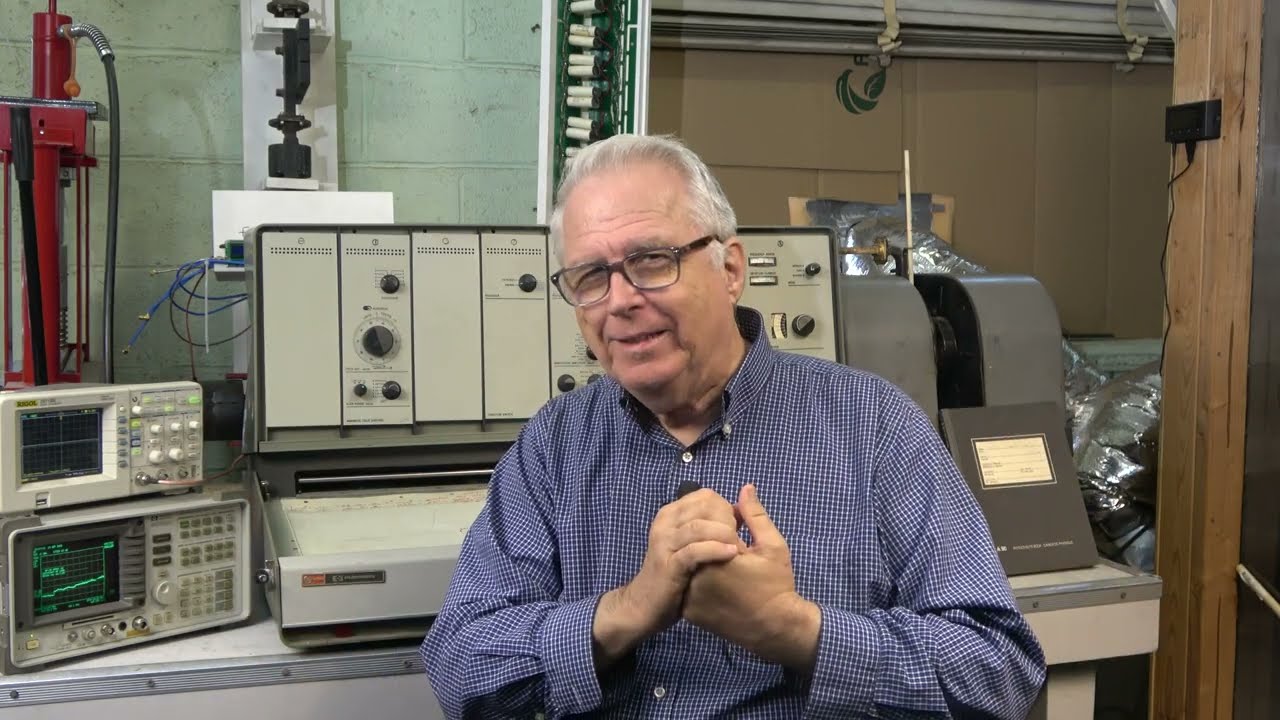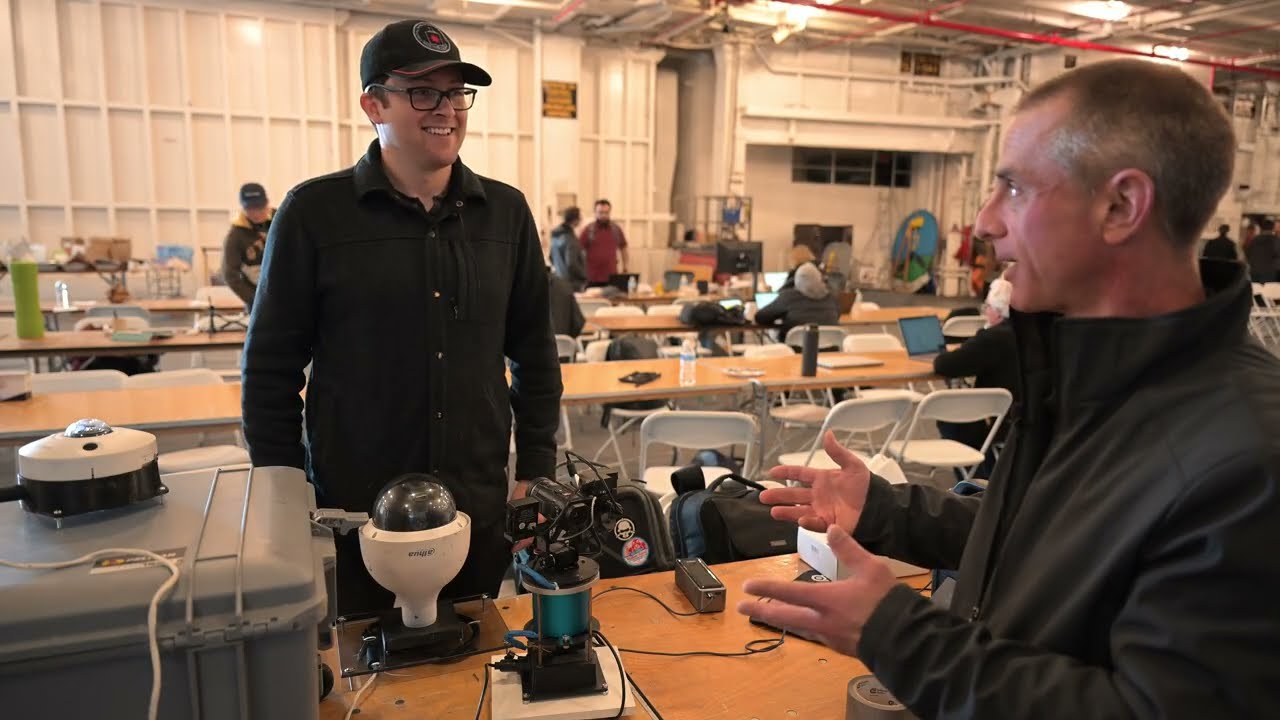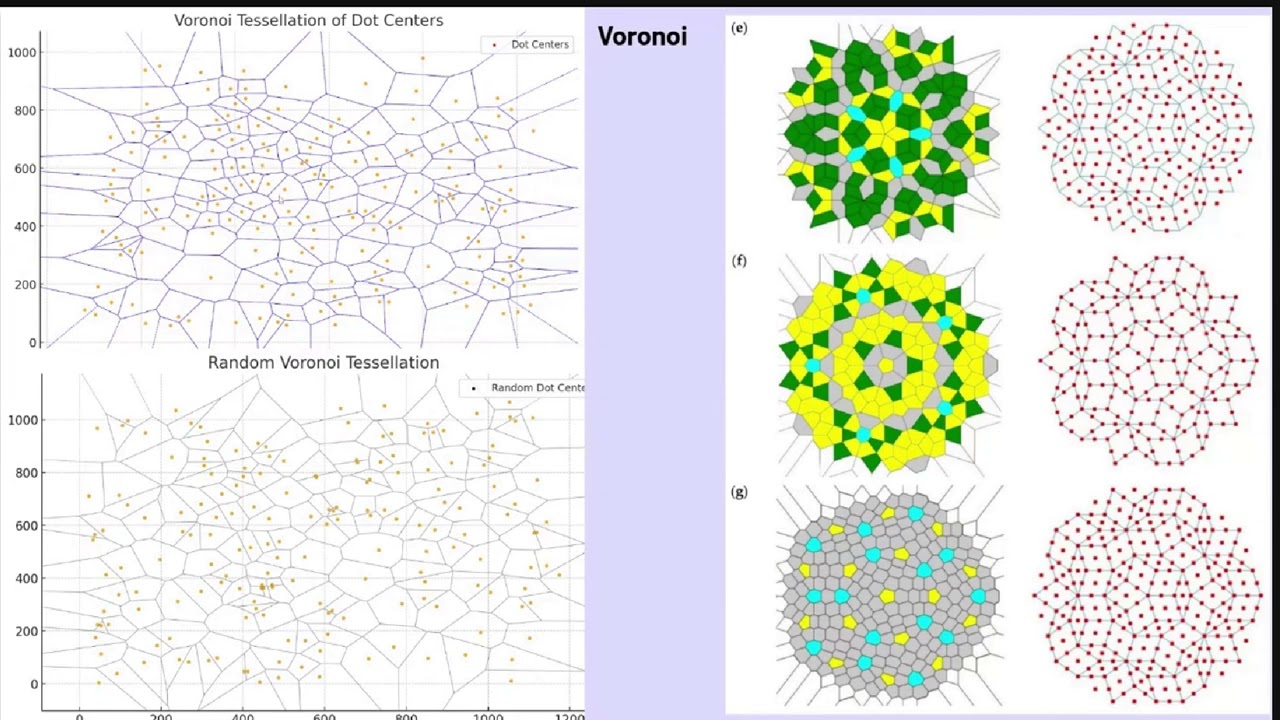UFO Reverse Engineering & Dynamic Nuclear Polarization
Falcon Space founder Mark Sokol discusses UFO Reverse-Engineering & Dynamic Nuclear Polarization during our Falcon Space lab tour in November 2024. Mark describes the scientific principles of Dynamic Nuclear Polarization, why Dr. Frederic Alzofon decided to pursue this approach to propellantless propulsion after analyzing data from the RB-47 UFO incident of 1957. He will also compare his approach to utilizing DNP for propulsion with existing materials analysis applications for this technology in industry, and how he is upgrading his equipment to test new sample materials with greater accuracy. Mark is co-founder of the APEC Conference and founder of Falcon Space, an indy propulsion startup focused on utilizing Dynamic Nuclear Polarization to generate propulsive force. Mark has built & tested a wide variety of well-known breakthrough propulsion technologies, but his core focus remains on DNP experiments in the hopes of validating the theory & experimental claims of Dr. Frederic Alzofon. With years of hands-on technical experience in the hybrid vehicle battery sector, Mark has applied his knowledge and love of engineering to the realm of alternative propulsion and gravity modification in an attempt to fully explore the many reported experimental claims currently in existence.
Mark Sokol delve into the fascinating world of dynamic nuclear polarization (DNP) and its potential applications in advanced propulsion systems. Speaker 1 introduces DNP and highlights the innovative work being done by Falcon Space in breakthrough propulsion research and UFO reverse engineering.
Speaker 2 explains that DNP connects subatomic nuclear spin to inertial mass, a concept rooted in Friedrich Alzaphaen’s theory, which suggests that subatomic particles in the atom’s core contribute to mass through their spins. George Hathaway has been instrumental in building the machinery to investigate this phenomenon, with the goal of finding materials that produce strong effects and amplify past experiment results.
The discussion covers the potential of reducing spacecraft mass by 80-99.9%, which could drastically reduce fuel needs and enable advanced maneuvers. Speaker 2 presented the potential of anti-gravity at an experimental NMR conference, where the theory was new to attendees.
Falcon Space is also analyzing purported UFO wreckage, using techniques like SEM and metallurgical microscopy, to understand the role of metal composition in DNP experiments. Speaker 2 believes that DNP is key to saucer flight and that the metal composition of craft is crucial. They use a vapor deposition chamber to replicate crash samples and test them in a DNP chamber, aiming to find the optimal metal layering and frequencies for building a craft.
The podcast also explores the use of various materials beyond aluminum, including magnesium, iron, nickel, chromium, and xenon, in DNP experiments. Speaker 2 discusses the challenges of RF penetration and the potential of quasi crystals in converting RF energy to DNP. They emphasize the importance of small-scale tests to discover optimal layerings and eventually scale up to full-size craft.
Overall, the podcast provides a comprehensive overview of the current state of DNP research and its potential to revolutionize propulsion technology.
Introduction to Dynamic Nuclear Polarization (DNP)
Dynamic Nuclear Polarization (DNP) is a cutting-edge concept that connects subatomic nuclear spin to inertial mass. While the science behind the origin of inertial mass remains unclear, it is believed to be linked to subatomic particles within the atom’s core. Friedrich Alzaphaen’s theory suggests that these particles contribute to mass through their spins, a notion that has sparked significant interest in the scientific community.
The Role of George Hathaway and Falcon Space
George Hathaway has played a pivotal role in building the machinery used to investigate the phenomenon of DNP. The primary goal of this research is to identify materials that produce strong effects and amplify the results of past experiments. By reducing spacecraft mass by an astonishing 80-99.9%, DNP could drastically reduce fuel needs and enable advanced maneuvers, making space travel more efficient and cost-effective.
Falcon Space, a company uniquely involved in breakthrough propulsion research and UFO reverse engineering, has been at the forefront of this exciting field. The origins of Alzafon’s theory can be traced back to a family UFO sighting and military aircraft signals, which led to the discovery of the book “Dynamic Nuclear Polarization” by CD Jeffries. This book describes the process of DNP, which is used in nuclear magnetic resonance (NMR) to increase the signal-to-noise ratio and make atoms more coherent.
The Potential of Anti-Gravity and UFO Analysis
The potential of anti-gravity was presented by Speaker 2 at an experimental NMR conference, where the theory was new to attendees. Falcon Space has also conducted extensive analysis of purported UFO wreckage, utilizing scanning electron microscopy (SEM) and metallurgical microscopy. Speaker 2 believes that the metal composition of UFOs plays a crucial role in DNP experiments.
Advancements in DNP Research
Dynamic Nuclear Polarization (DNP) guides the work of researchers at Falcon Space. Speaker 2 firmly believes that DNP is key to saucer flight, with the metal composition of the craft being a critical factor. Using a vapor deposition chamber, researchers replicate crash samples and test them in the DNP chamber to find the optimal metal layering and frequencies for building a craft.
Unlike Alzafon’s focus on aluminum, DNP research at Falcon Space expands to various materials. Multiple research samples, including UFO/UAP samples, are being tested to explore the full potential of DNP. The research aims to produce more than just propulsion effects, with aluminum being identified as the best conductor of electricity per atom. Its high conduction band electron ratio makes it ideal for power lines and UFO crashes.
Exploring New Materials and Techniques
In addition to aluminum, other metals such as magnesium, iron, nickel, and chromium are being considered for DNP experiments. Ferrous materials couple to DNP but don’t retain it for long, whereas aluminum and xenon retain it longer. Speaker 2 plans to use xenon in a mini Tic Tac craft prototype, testing the entire craft with DNP and an onboard magnetic field to avoid coupling issues.
Small-scale tests in the machine are faster than building multiple craft, allowing researchers to combine small-scale and larger-scale tests to eventually scale up to full-size craft. Falcon Space aims to achieve this ambitious goal by exploring layered metamaterials and quasicrystals, which may help in the conversion of RF energy to DNP.
Conclusion
Dynamic Nuclear Polarization (DNP) represents a promising frontier in the quest for advanced space propulsion systems. By exploring a wide range of materials and techniques, researchers at Falcon Space are paving the way for more efficient and cost-effective space travel. The potential to reduce spacecraft mass and fuel needs could revolutionize the future of space exploration, opening up new possibilities for humanity’s journey into the cosmos.
Stay tuned for more updates on this exciting research and the potential breakthroughs that could shape the future of space travel.
Register For UFORev
Want to see more great UFO Reverse Engineering stories? Sign up for our mailing list to get exclusive access to captivating presentations, engaging events, and more!
RECENT POSTS
Lab Walkthrough & DNP Antigravity Overview
May 16, 2024
Dr. Frederick Alzofon’s Research in DNP & Gravity Control
November 23, 2023
UAP Detection & Tracking
April 22, 2025
Detecting UFO Warp Drive Signatures
April 12, 2025
Art’s Parts Sample May Contain Quasicrystals
April 7, 2025





